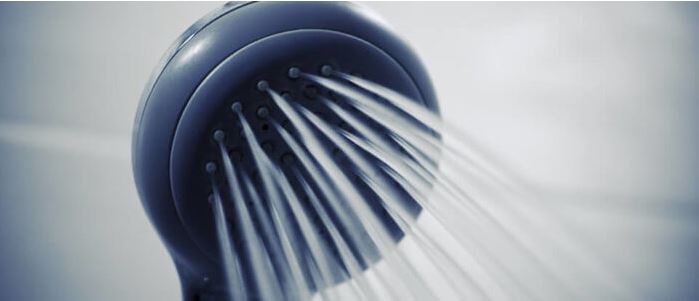
We’re talking about hot water this week. No — I’m not in trouble with my local utility again — just discussing the best ways to heat water for your home. Our focus is on domestic hot water (DHW). This is hot water that you use for your kitchen, bathing and laundry. In the U.S., the average home uses about 68 gallons of hot water a day, with huge variations based on the number and age of occupants in the home.
Taking a step back, I counted six basic ways that people have been heating water since humans discovered fire. Deliberate heating started with a pot on a campfire (or with hot rocks to boil water). Then we used solar thermal to heat water in a blackened container (and we are still using solar thermal systems today). Fossil fuels (coal, oil and natural gas) were then used starting in the 1800s in boilers to heat water (the latest insulated tank technologies use high efficiency condensing gas boilers). In the 1900s we started using electric heating elements in hot water tanks. Flash or pass through hot water heating systems – powered by electricity or natural gas — completely eliminate the hot water tank, thereby reducing standby losses. But the current champions for DHW efficiency are the new heat pump hot water heaters. These systems have efficiencies in excess of 200% since they extract ambient heat from surrounding air (essentially cooling the air), and use this heat to increase the water temperature. I was pleasantly surprised to see that these heat pump systems have become much more reliable and cost effective.
On this week’s Energy Show we will review each of the common technologies used to heat water to help you decide what kind of DHW heating system makes sense for you the next time your tank wears out (BTW, according to NREL the average lifespan of a hot water tank is 13 years).

